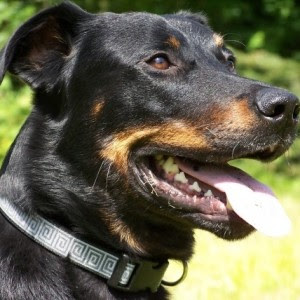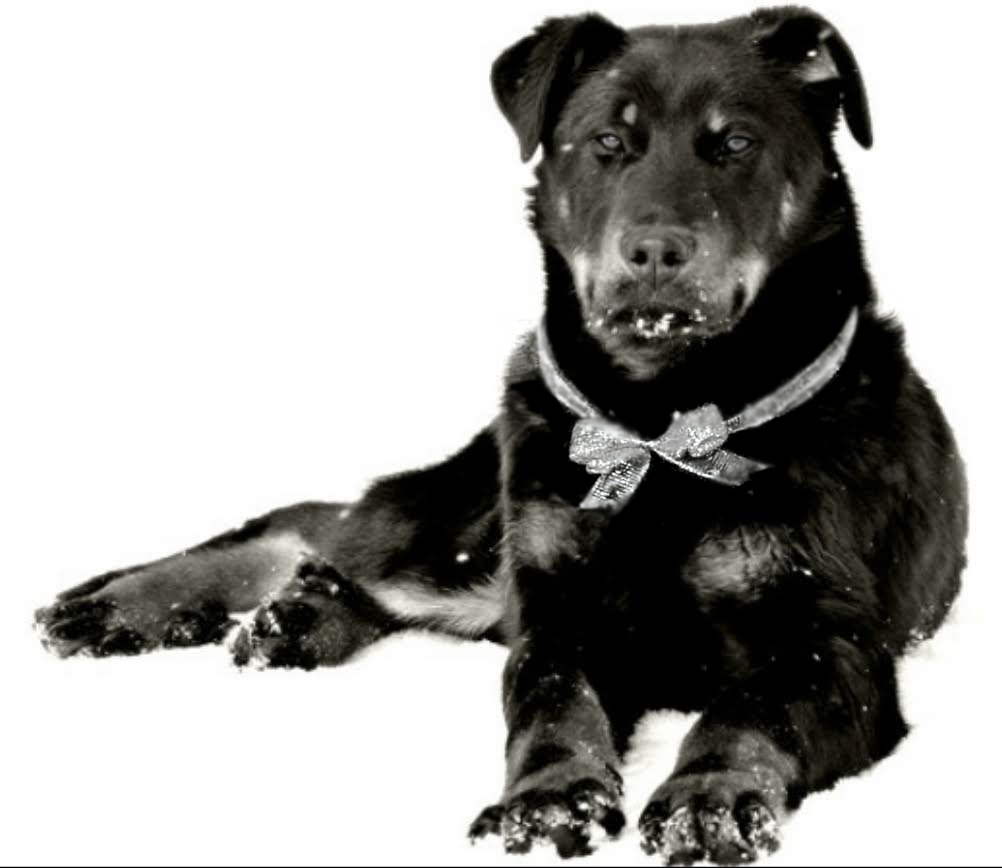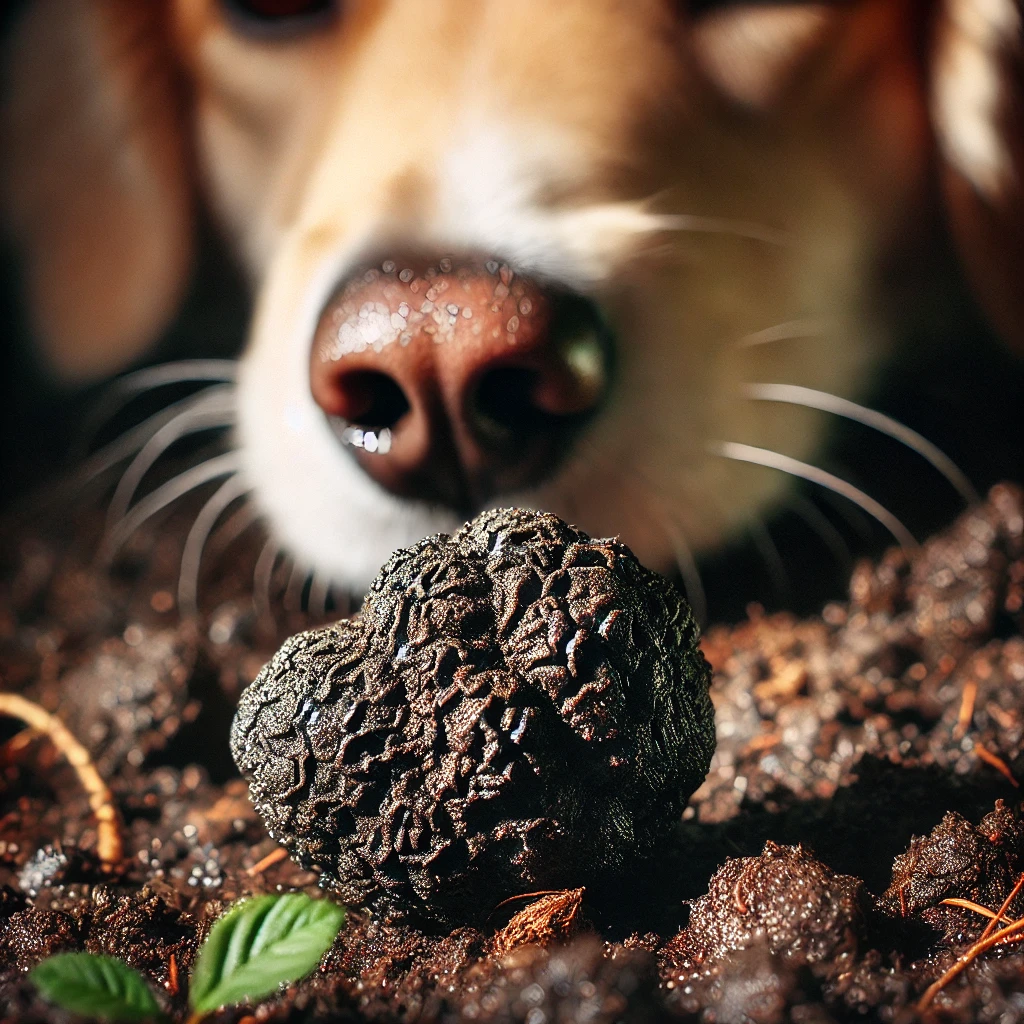Scent detection training is a fascinating and rewarding endeavor that requires patience, consistency, and careful planning. Whether you’re training a dog for truffle hunting, search and rescue, or any scent-related task, it’s essential to navigate the process effectively. In this article, we’ll explore ten common pitfalls that aspiring scent detection trainers should avoid. By understanding these potential challenges and adopting proactive strategies, you can set yourself and your four-legged partner up for success.
- Inconsistent Training: Consistency is key in scent detection training. Avoid irregular or sporadic training sessions, as this can confuse your dog and impede their progress. Establish a consistent training schedule and stick to it to reinforce the learning process and maintain focus.
- Skipping Foundation Training: A solid foundation is vital for successful scent detection. Avoid the temptation to rush through basic obedience and foundational exercises. Building a strong understanding of commands, focus, and reward-based training lays the groundwork for more complex scent detection tasks.
- Lack of Proper Socialization: Socialization plays a crucial role in a well-rounded scent detection dog. Failing to expose your dog to various environments, people, and distractions can hinder their ability to perform in different scenarios. Regular socialization helps develop confidence and adaptability, enhancing their overall scent detection abilities.
- Insufficient Positive Reinforcement: Positive reinforcement is a powerful tool in scent detection training. Relying solely on punishment or negative reinforcement can create anxiety or fear, leading to suboptimal performance. Avoid punishment-based training methods and instead focus on rewarding desired behaviors, which encourages enthusiasm and builds a stronger bond between you and your dog.
- Unrealistic Expectations: Setting realistic expectations is crucial in scent detection training. Progress may vary between dogs, and each dog has their own learning pace. Avoid becoming discouraged or expecting immediate results. Patience and consistency will yield better long-term outcomes.
- Inadequate Environmental Exposure: Exposing your scent detection dog to different environments and scent challenges is essential. Training solely in controlled environments can limit their ability to adapt to real-world scenarios. Gradually introduce new environments, distractions, and scent sources to ensure your dog is prepared for diverse detection situations.
- Overloading Scent Complexity: Avoid overwhelming your dog with complex scent challenges too early in the training process. Gradually increase the difficulty level as they gain confidence and proficiency. Starting with simple scents and gradually introducing more challenging ones will help build a solid foundation.
- Neglecting Maintenance Training: Once your dog has mastered scent detection, ongoing maintenance training is crucial. Neglecting regular training sessions and refresher exercises can lead to regression or a decline in their performance. Maintain consistency by incorporating periodic training sessions even after achieving proficiency.
- Overlooking Handler Influence: Handlers play a vital role in scent detection training. Be aware of your own influence on the dog’s behavior. Avoid unintentionally cueing or guiding your dog towards the scent source. Develop clear communication cues and learn to read your dog’s subtle body language to ensure effective teamwork.
- Neglecting Physical and Mental Health: A healthy dog performs better in scent detection tasks. Ensure your dog receives adequate physical exercise, mental stimulation, and a balanced diet. Neglecting their overall well-being can lead to lack of focus, reduced motivation, or even health issues that may affect their scent detection abilities.
Conclusion:
Scent detection training can be an incredibly fulfilling journey for both you and your dog. By avoiding these ten common pitfalls—such as inconsistent training, unrealistic expectations, and inadequate socialization—you can pave the way for successful scent detection training. Emphasize positive reinforcement, maintain consistency, and prioritize your dog’s well-being throughout the process. With patience, dedication, and a proactive approach, you and your canine companion can excel in the exciting world of scent detection.



